Tropical Plant Soil Success
Growing vibrant tropical plants like Calatheas, Bananas, or Gingers in an urban agriculture setting brings a touch of the exotic to city life. However, these stunning plants often have specific needs, especially regarding their growing medium. Success starts from the ground up. Proper tropical plant soil preparation is not just beneficial; it’s fundamental to ensuring your plants thrive, whether in containers, raised beds, or small urban plots. This guide outlines the key steps to create the perfect soil foundation for your urban tropical oasis.

Why Optimal Soil Mixes Matter for Tropical Flora
Tropical plants evolved in environments often characterized by high rainfall and rich, well-draining forest floors. Replicating these conditions, particularly regarding soil, is crucial in an urban setting where space is limited and native soil might be compacted, contaminated, or non-existent. Poor soil leads to stressed plants, increased susceptibility to pests and diseases, and ultimately, failure. Investing time in soil preparation sets the stage for vigorous growth and resilience.
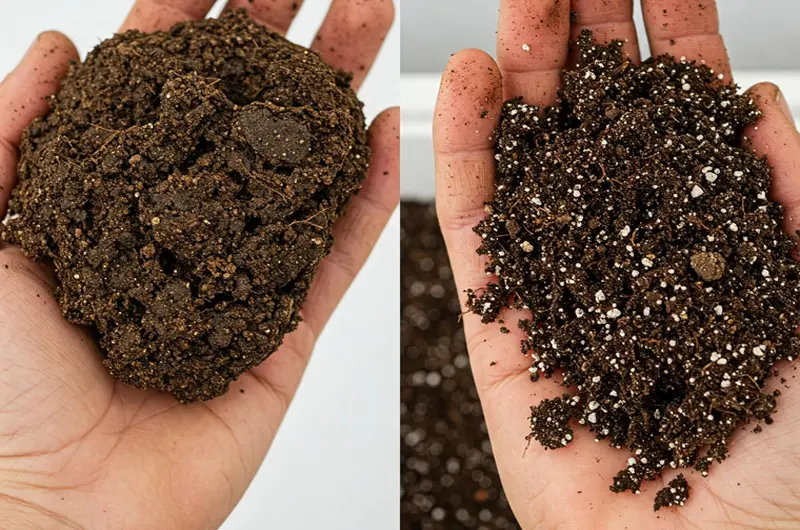
Understanding Key Tropical Plant Soil Requirements
Before mixing, understand what makes an ideal soil for most tropical species:
Superior Drainage: Preventing Waterlogged Roots
This is paramount. Tropical plants often experience heavy rainfall in their native habitats, but the water drains away quickly through porous soil. In pots or raised beds, poor drainage leads to root rot, a common killer. The soil must allow excess water to escape easily.
Nutrient Availability: Crafting Fertile Ground
Tropical regions often have soils rich in decomposed organic matter. Your urban soil mix needs to provide sustained nutrition. Incorporating compost and other organic materials creates a reservoir of nutrients that plants can access as needed.
Ideal Soil pH for Tropical Varieties
Most tropical plants prefer slightly acidic soil, typically in the pH range of 5.5 to 6.5. Soil pH affects nutrient availability; if the pH is too high or too low, plants can’t absorb essential nutrients even if they are present in the soil.
Good Aeration and Soil Structure
Healthy roots need oxygen. A well-structured soil has plenty of pore spaces for air and water circulation. Compaction, common in urban soils or poorly mixed container media, suffocates roots and hinders growth.
Step-by-Step Guide: Tropical Soil Preparation for City Gardens
Follow these steps for effective tropical plant soil preparation in your urban agriculture project:
Step 1: Evaluate Your Growing Medium Foundation
Assessing Existing Urban Soil:
If using an in-ground plot, test its texture and drainage. Dig a hole, fill it with water, and see how quickly it drains. Consider a simple soil pH test kit. Be aware of potential urban contaminants.
Selecting Containers or Raised Beds:
For containers or raised beds, you have full control over the soil mix. Ensure containers have ample drainage holes. Raised beds allow for greater soil volume and stability.
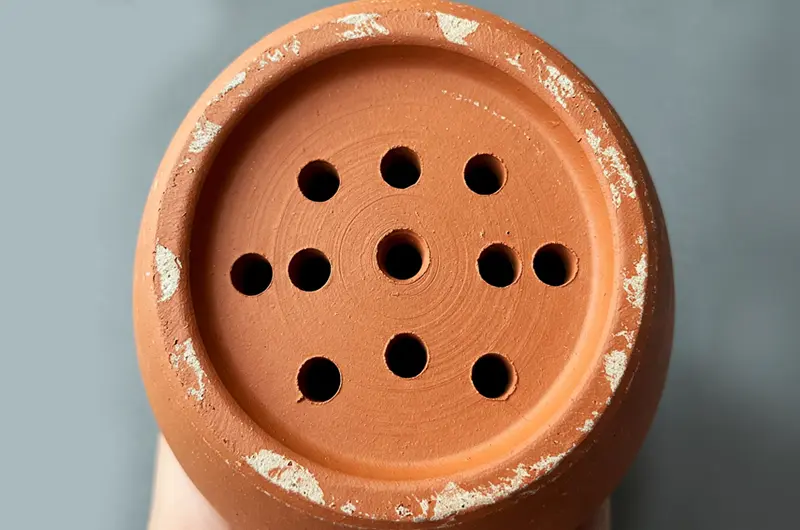
Step 2: Source Your Soil Building Blocks
Gather high-quality amendments. Avoid using dense, heavy garden topsoil alone, especially in containers. Key components include:
Compost:
The cornerstone of good soil. Provides nutrients, improves structure, and supports beneficial soil microbes. Use well-rotted compost.
Aged Manure:
Adds significant nutrients, particularly nitrogen. Ensure it’s well-composted to avoid burning plant roots.
Perlite or Coarse Sand:
Crucial for improving drainage and aeration. Perlite is lightweight volcanic glass; coarse horticultural sand also works well. Avoid fine sand.
Coco Coir or Peat Moss:
Help retain moisture while maintaining good structure. Coco coir is a sustainable alternative to peat moss. Moisten before mixing.
Quality Potting Mix (Optional Base):
A good quality bagged potting mix can serve as a base, which you can then amend further for tropical needs.
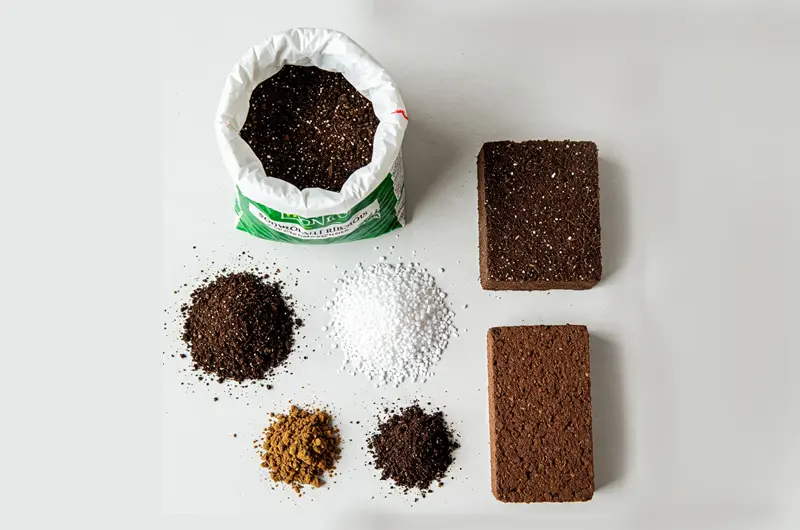
Step 3: Creating Your Ideal Tropical Soil Blend
There’s no single magic formula, but a good starting point for containers or raised beds is:
Basic Tropical Mix Recipe:
~40% High-Quality Compost or Amended Potting Mix~30% Coco Coir or Peat Moss (for moisture retention and structure)~20% Perlite or Coarse Sand (for drainage)~10% Aged Manure or Worm Castings (for nutrients)
Thoroughly combine these ingredients. Ensure the mix is homogenous – no dry pockets or clumps of single ingredients. Mix in a large tub, wheelbarrow, or on a tarp.
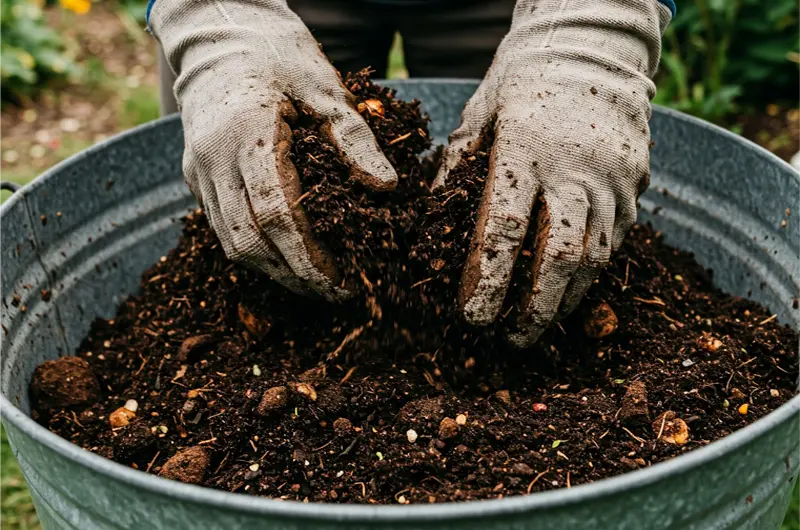
Step 4: Filling and Allowing Settlement
Fill your containers or raised beds with the prepared mix, leaving some space at the top for watering. Water the soil thoroughly and allow it to settle for a day or two before planting. Top up if needed.
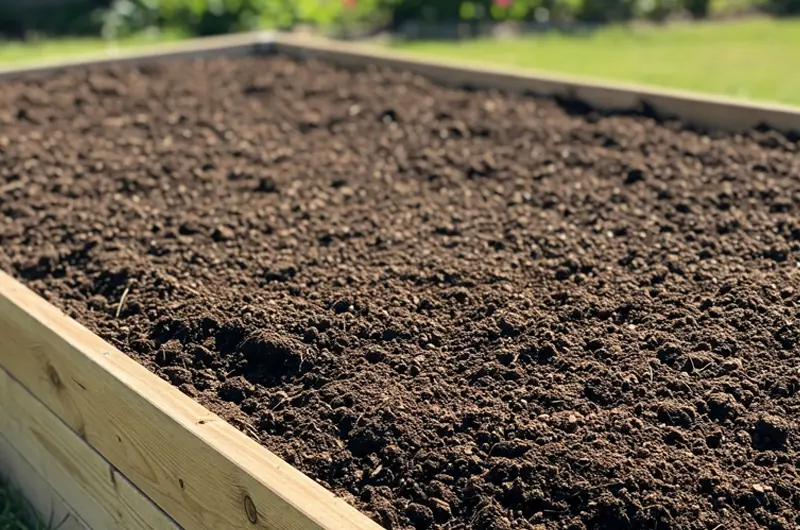
Step 5: Fine-Tuning Soil pH Levels (If Necessary)
If your initial soil test (or testing the final mix) indicates the pH is outside the ideal 5.5-6.5 range:
- To raise pH (make less acidic): Add dolomitic lime gradually, following package instructions.
- To lower pH (make more acidic): Incorporate elemental sulfur or use acidifying fertilizers carefully over time.
- Always re-test after amending pH.
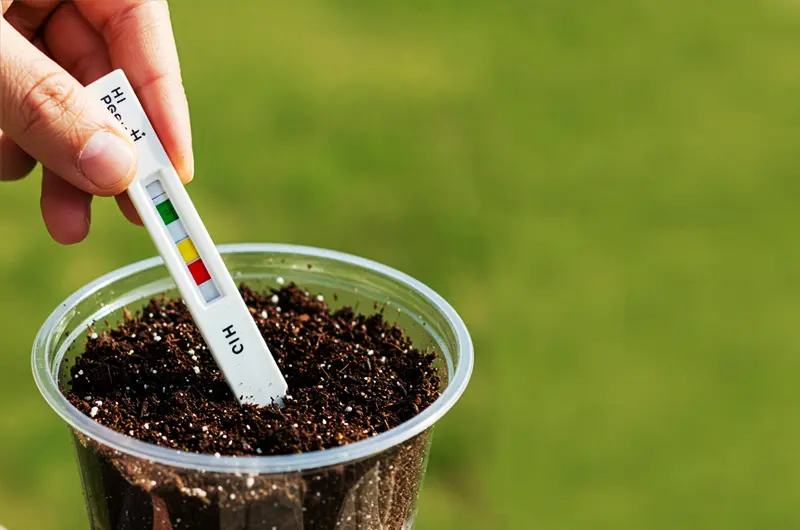
Maintaining Soil Health in Your Tropical Urban Plot
Soil preparation isn’t a one-time task. Maintain soil health for long-term success:
The Advantages of Mulching
Apply a layer of organic mulch (like wood chips, shredded bark, or cocoa hulls) on the soil surface. Mulch helps retain moisture, suppress weeds, regulate soil temperature, and slowly adds organic matter as it breaks down.
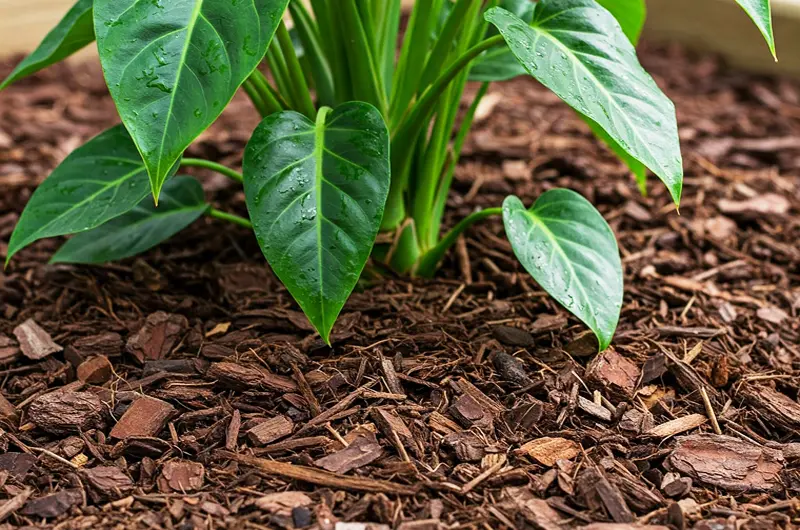
Implementing Ongoing Fertilization Plans
Even rich soil gets depleted. Supplement with appropriate fertilizers based on your specific plants’ needs during the growing season. Organic options like liquid seaweed, fish emulsion, or balanced slow-release fertilizers are often suitable for tropicals.
Considering Crop Rotation Principles (Raised Beds/Plots)
If growing annual tropicals (like certain vegetables or flowers) in raised beds or plots, rotate plant families each season to prevent soil-borne diseases and nutrient depletion specific to certain plant types.
Conclusion: Healthy Soil Equals Thriving Tropical Plants
Successful urban tropical gardening hinges on mastering tropical plant soil preparation. By understanding the unique needs of these plants – excellent drainage, rich nutrient content, appropriate pH, and good aeration – and by carefully selecting and mixing your soil components, you create the foundation for a lush, productive, and beautiful tropical haven, even in the heart of the city. Happy gardening!
Latest Posts:

